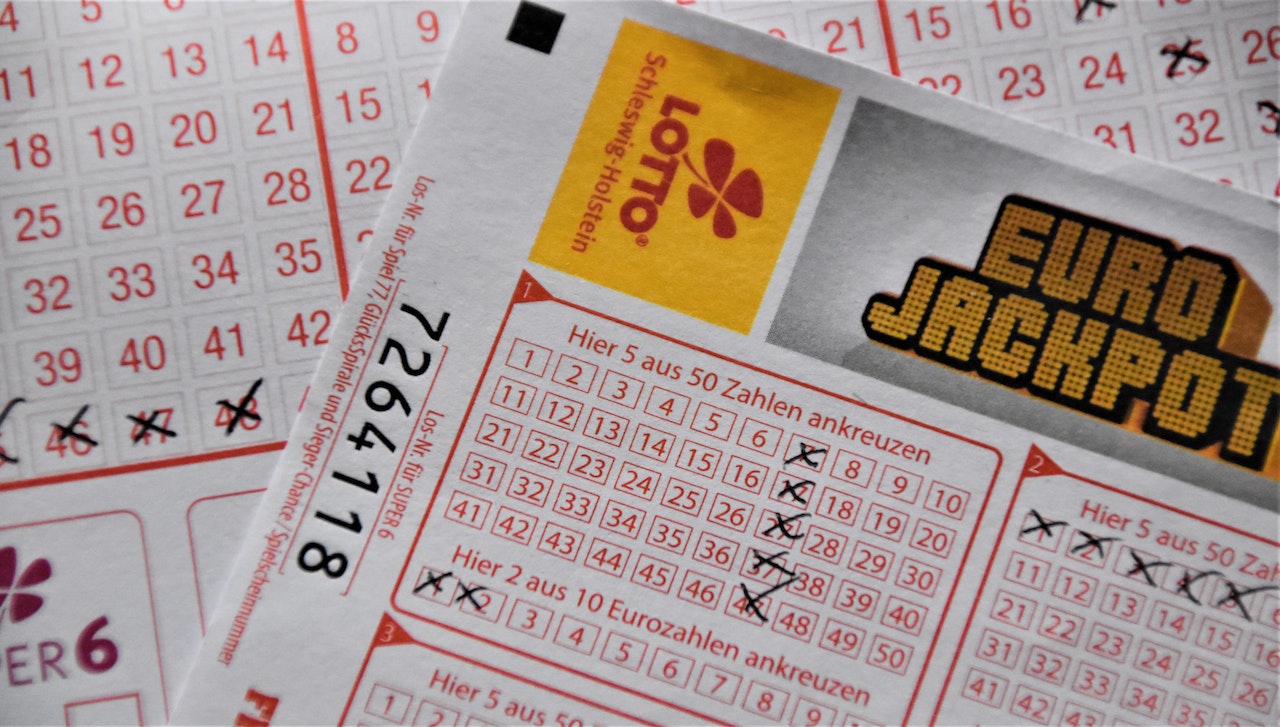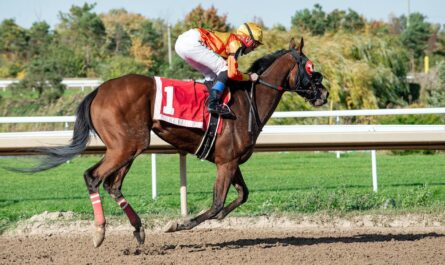Some problems in probability theory can seem difficult to solve. For example, have you ever wondered about the probability of something happening at least once? This problem may seem complex, because the number of possible scenarios that agree with this outcome is very large, and calculating each of their probabilities seems impossible. In this article, we’ll show you a simple trick to calculate the likelihood of winning at least once in a monthly lottery with 1,000 participants over a span of 30 years. This technique can be applied to various probability problems involving random events.
Calculating the Probability of Not Winning Anything
The trick is to first focus on the probability of not winning anything throughout the 30-year period. The probability of not winning anything in a single monthly lottery draw is 999/1000, as there are 999 unfavorable outcomes (not winning) out of 1000 possible outcomes.
The next step is to calculate the probability of not winning anything over 30 years. To do this, we need to raise the probability of not winning in a single draw (999/1000) to the power of the total number of draws in 30 years (12 months * 30 years).
Probability of Not Winning in 30 years = (999/1000)^(12*30) ≈ 0.964
Probability of Winning at Least Once
The next step is to realize that the total probability of all possible outcomes should sum to 1. This is because you either win at least once, or you lose every time, there are no other options. So, to find the probability of winning at least once, we simply subtract the probability of not winning anything from 1.
Probability of Winning at Least Once = 1 – Probability of Not Winning in 30 years ≈ 1 – 0.964 ≈ 0.036 or 3.6%
Even with only 1,000 participants, winning the lottery at least once over a 30 year period is only 3.6%.
Conclusion
Using this simple trick, you can calculate the probability of winning any recurring lottery at least once. By focusing on the probability of not winning anything and subtracting it from 1, you can easily find the desired probability. This method is applicable to various probability problems involving random events. So, next time you encounter such a situation, you can confidently apply this trick to get accurate results. Good luck with your lottery endeavors!




